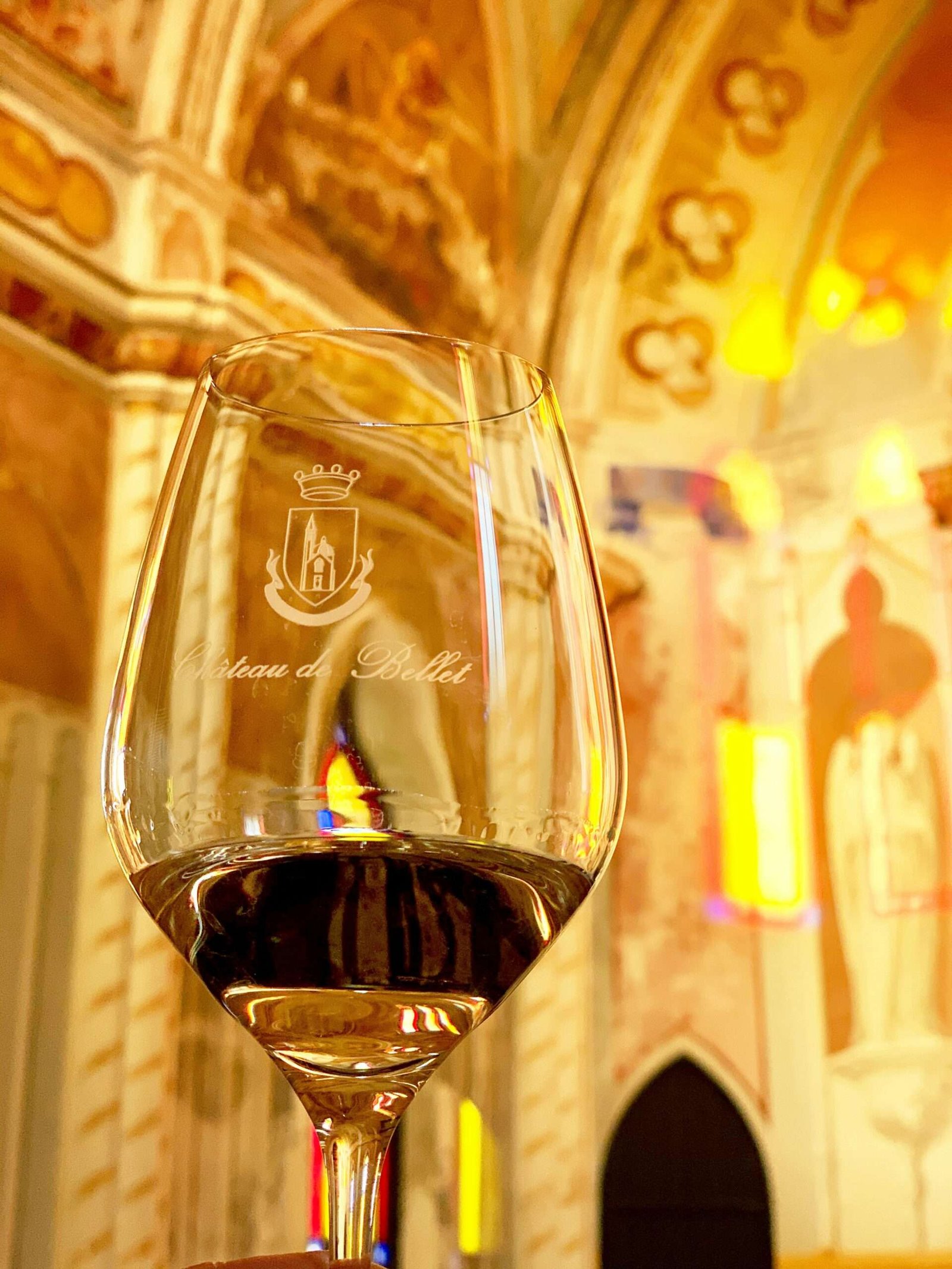An Overview of Alcohol
Alcohol, scientifically known as ethanol, is a psychoactive substance with a long-standing history of use in human culture. Its chemical structure consists of a hydroxyl group (-OH) bonded to a carbon atom, forming a simple alcohol. The production of alcohol involves the fermentation of sugars by yeast, a process that has been utilized for millennia to create beverages such as beer, wine, and spirits.
The history of alcohol consumption dates back to ancient civilizations. Archaeological evidence suggests that alcohol was consumed by the Sumerians around 3000 BCE, and its use spread to ancient Egypt, Greece, and Rome. These early societies often incorporated alcohol into religious rituals and social gatherings, recognizing its intoxicating effects and its role in fostering communal bonds.
Beyond its role as a beverage, alcohol has found various uses throughout history. In medicine, it has been employed as an antiseptic and anesthetic, and it remains a key ingredient in many pharmaceutical formulations. In industry, alcohol serves as a solvent in the production of cosmetics, perfumes, and cleaning products. Furthermore, its significance in religious ceremonies persists in many cultures, where it is used in offerings, sacraments, and other ritualistic practices.
This multifaceted history of alcohol highlights its significance beyond mere consumption. Understanding the basic composition and historical context of alcohol provides a foundation for exploring its diverse types and characteristics. From its chemical properties to its cultural and industrial applications, alcohol continues to play a vital role in various aspects of human life.
Different Types of Alcohol and Their Unique Characteristics
Alcoholic beverages are diverse, each with its own unique production methods, flavor profiles, and alcohol content. Understanding these differences can enhance appreciation and informed consumption. This section will explore the various types of alcoholic beverages, including beer, wine, spirits, and liqueurs, highlighting their distinct characteristics.
Beer
Beer, one of the oldest and most widely consumed alcoholic beverages, is primarily made from barley, water, hops, and yeast. The brewing process involves malting, mashing, boiling, fermenting, conditioning, and packaging. Different types of hops impart varying levels of bitterness and aromatic profiles to the beer. Fermentation processes can produce ales, which ferment at warmer temperatures using top-fermenting yeast, or lagers, which use bottom-fermenting yeast at cooler temperatures. The alcohol content in beer typically ranges from 3% to 12% ABV (alcohol by volume), depending on the style.
Wine
Wine is made from fermented grapes and has been enjoyed for millennia. The vinification process includes harvesting, crushing, fermentation, aging, and bottling. There are numerous grape varieties, each contributing to the wine’s flavor, aroma, and structure. Red wines, white wines, and rosés are the primary categories, distinguished by grape types and vinification methods. Regional differences also significantly influence the wine’s characteristics, with renowned wine-producing areas such as Bordeaux, Napa Valley, and Tuscany offering distinctive styles. Wine alcohol content generally ranges from 9% to 16% ABV.
Spirits
Spirits are distilled alcoholic beverages with a higher alcohol content compared to beer and wine. The distillation process involves heating a fermented liquid to separate alcohol from water and other components. Spirits are categorized into various types, including whiskey, vodka, rum, and gin. Whiskey is aged in wooden barrels, which impart unique flavors, while vodka is typically distilled multiple times for purity. Rum is made from sugarcane byproducts and aged to develop its flavor, and gin is known for its juniper berry infusion. The alcohol content of spirits usually ranges from 35% to 50% ABV.
Liqueurs
Liqueurs are sweetened spirits infused with various flavors, such as fruits, herbs, spices, and creams. They are often used in cocktails or enjoyed on their own as a digestif. Common liqueurs include Amaretto, Baileys, and Cointreau. The production process typically involves blending distilled spirits with flavoring agents and sweeteners. Liqueurs have a lower alcohol content compared to spirits, generally ranging from 15% to 30% ABV but can vary widely depending on the recipe.
Each type of alcohol has its own cultural significance and consumption trends. Beer is often associated with social gatherings and sports events, wine with fine dining and celebrations, spirits with a variety of cocktails and traditions, and liqueurs with dessert and after-dinner drinks. Understanding these differences can enhance one’s appreciation and enjoyment of these diverse alcoholic beverages.
